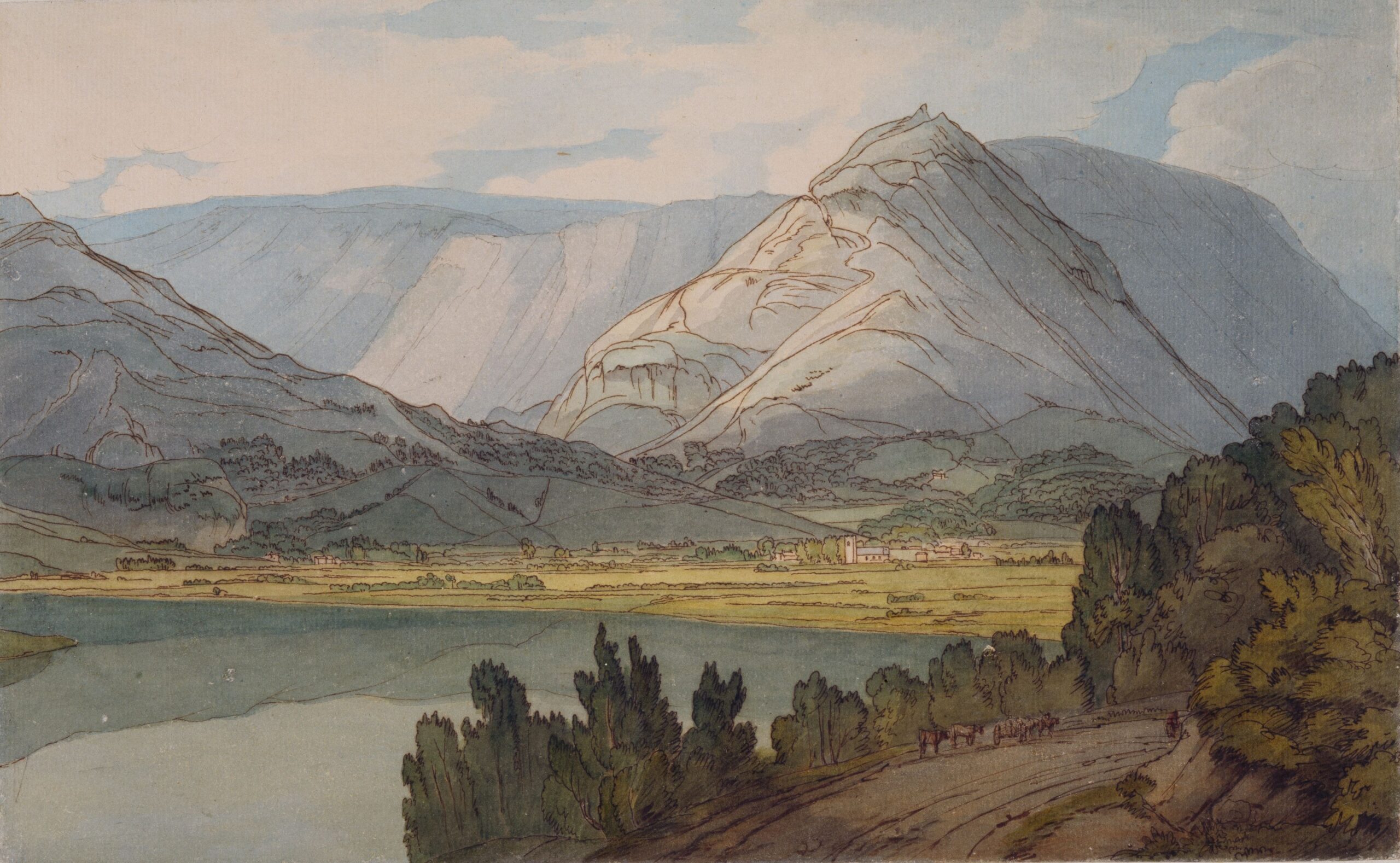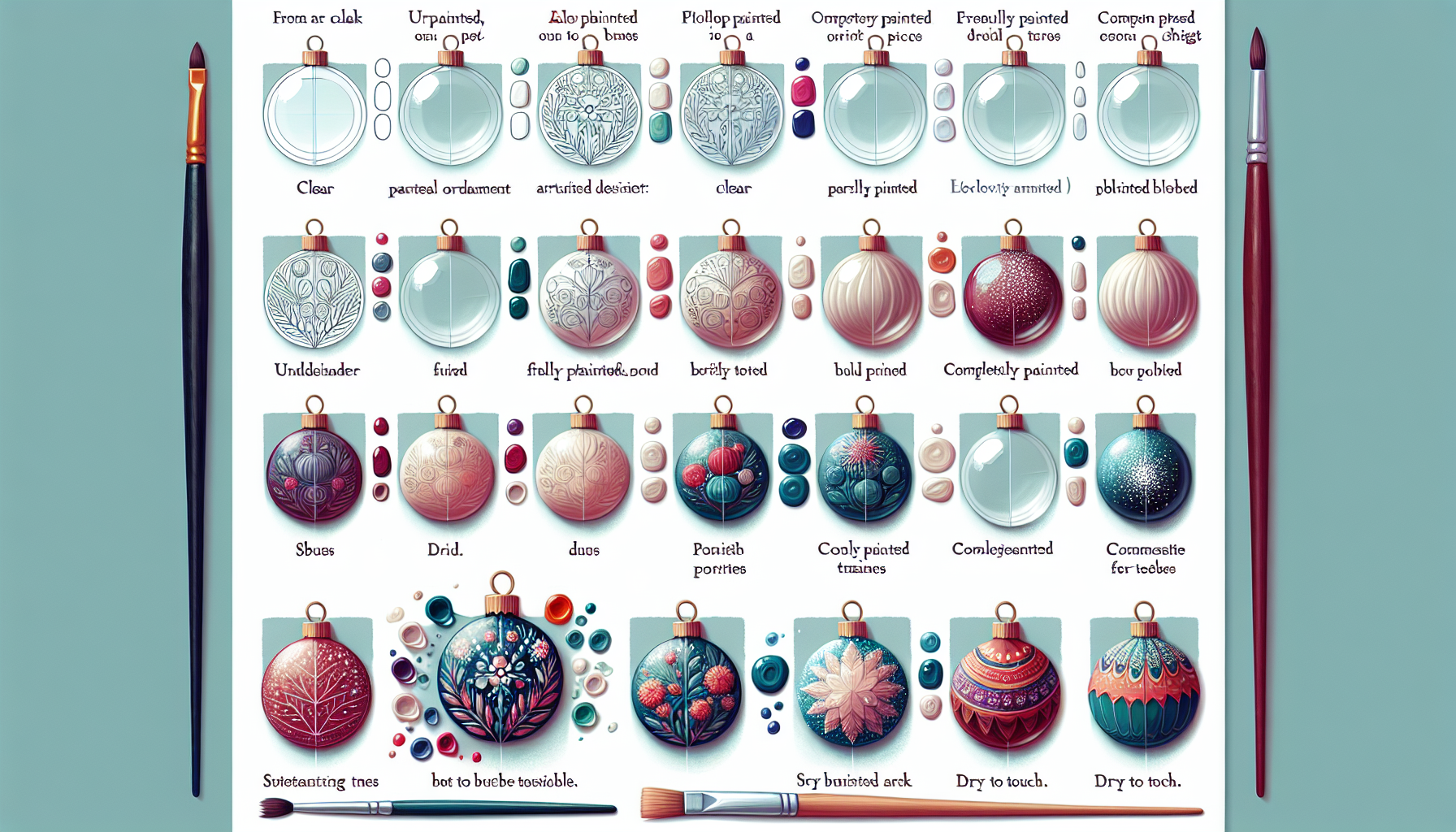In this article, you will discover simple and effective techniques to enhance the opacity of your acrylic paint. Whether you’re a seasoned artist or a beginner, achieving a vibrant and solid color on your canvas can be a challenge. Luckily, with these helpful tips, you’ll be able to transform your translucent hues into bold and opaque masterpieces. Say goodbye to diluted pigments and hello to striking and intense shades that will make your art truly stand out. So grab your brushes and let’s explore the world of making acrylic paint more opaque!
Choosing the Right Acrylic Paint
When it comes to choosing acrylic paint, it’s important to look for high-quality brands. These brands are known for their excellent pigmentation and color vibrancy, ensuring that you get the best results in your artwork. Cheap acrylic paints often have lower pigment concentration, resulting in lackluster colors and poor coverage. Investing in high-quality brands will not only make your colors more opaque but also provide better overall performance.
Opting for heavy body acrylic paints is another way to achieve opacity in your artwork. Heavy body acrylics have a thick consistency, allowing for easy application and excellent coverage. They contain a higher concentration of pigments, making them more opaque compared to other types of acrylic paints. Using heavy body acrylics will give your artwork a rich and opaque appearance.
Consider using artist grade acrylic paints instead of student grade ones. Although student grade acrylic paints are more affordable, they tend to have lower pigment load and may appear less opaque on the canvas. On the other hand, artist grade acrylic paints are made with higher quality pigments, resulting in more vibrant and opaque colors. While they may be slightly more expensive, the superior opacity and color intensity they provide are worth the investment.
Using Opaque Colors
If you want to achieve maximum opacity in your acrylic paintings, it’s important to choose opaque pigments. Opaque colors have a solid coverage and can effectively hide any underlying layers or colors. Look for acrylic paint tubes labeled as “opaque” or check the color index to identify which pigments are opaque. Colors like cadmium yellow, titanium white, and cadmium red are known for their opacity and can help create a solid base for your artwork.
Mixing your colors with titanium white is another way to increase opacity. Titanium white is an opaque color that can be used to lighten other colors while maintaining their opacity. By adding titanium white to your acrylic paint, you can achieve a more opaque and solid coverage.
Using colors with a higher pigment load can also enhance opacity in your acrylic paintings. Pigment load refers to the amount of pigment present in a paint color. Acrylic paints with a higher pigment load have a greater concentration of pigments, resulting in more vibrant and opaque colors. Look for acrylic paints with a high pigment load to achieve better opacity in your artwork.

This image is property of images.unsplash.com.
Layering Techniques
Layering is a great technique to build up opacity in your acrylic paintings. By applying multiple layers of paint, you can gradually increase the opaqueness of your colors. Start with a thin and transparent layer of paint, allowing it to dry before adding subsequent layers. Each layer adds depth and coverage, ultimately leading to a more opaque final result.
It’s crucial to let each layer dry properly before applying the next one. If you add a new layer of paint onto a wet or semi-dry layer, the colors may mix and result in a muddy appearance. Patience is key when layering – waiting for each layer to dry completely ensures that the colors remain vibrant and the opaqueness is maintained.
Using brush techniques can also help you build layers and create opacity in your artwork. Experiment with techniques like dry brushing, scumbling, and stippling to add texture and depth to your paintings. These techniques involve using a minimal amount of paint, allowing the underlayers to show through and create a sense of opacity.
Preparing the Surface
Before applying acrylic paint, it’s important to prepare the surface properly to enhance opacity. Priming the surface ensures that the paint adheres well and provides a solid base for the colors. Use an acrylic gesso primer to seal the surface and create a slightly textured finish that allows the paint to stick better.
Using matte or flat surfaces can also help improve opacity in your acrylic paintings. Glossy surfaces tend to reflect light, making the colors appear less vibrant and opaque. Opting for matte or flat surfaces eliminates this reflection, allowing the pigments to show their true opacity and color intensity.
Avoid using absorbent surfaces when working with acrylic paint. Absorbent surfaces such as untreated canvas or thin paper can cause the paint to soak in, reducing opacity. To achieve better opacity, choose surfaces that have been primed with gesso or are specifically designed for acrylic painting.

This image is property of images.unsplash.com.
Adding Opacity Enhancers
To further enhance opacity in your acrylic paintings, you can incorporate opacity enhancers into your painting process. One way to do this is by adding white gesso to your paint. Mixing white gesso with your acrylic paint can not only lighten the color but also make it more opaque. This is particularly useful when working with transparent or semi-transparent colors.
Using acrylic mediums or gel mediums can also help increase the opacity of your acrylic paint. These mediums are specifically designed to alter the characteristics of acrylic paint. By adding them to your paint, you can achieve a more opaque and solid coverage. Experiment with different mediums and find the one that suits your painting style and desired opacity.
Opacifying agents are another option to consider when you want to make your acrylic paint more opaque. These agents are specifically designed to increase the opacity of transparent or semi-transparent colors. They can be mixed directly into the paint or applied as a glaze over existing layers to achieve the desired opacity. Explore different opacifying agents available in the market and experiment with their usage to find what works best for you.
Improving Coverage with Thickeners
If you find that your acrylic paint is not providing the desired opacity, you can use thickeners to improve coverage. Acrylic retarder can be added to your paint to slow down the drying time, allowing for easier blending and smoother application. This can help create a more even and opaque layer of paint.
Mixing acrylic gel mediums into your paint can also increase its opacity. Gel mediums come in different consistencies, from soft to heavy. By adding them to your acrylic paint, you can modify its texture and opacity. This is particularly useful when you want to create impasto effects or add more body to your paint.
Acrylic modeling paste is another thickening agent that can improve coverage and opacity. It has a thick consistency and can be mixed directly into your paint or applied as a separate layer. Acrylic modeling paste is ideal for creating texture and increasing opacity in specific areas of your artwork.

This image is property of images.unsplash.com.
Consider Paint Additives
In addition to opacity enhancers and thickeners, there are various paint additives available that can help you achieve the desired opacity in your acrylic paintings. Opacity-boosting additives are specifically designed to increase the opacity of your paint. They can be mixed directly into your paint or applied as a glaze over existing layers to enhance opacity. Experiment with different opacity-boosting additives to find the one that suits your needs.
Opaque fluid acrylics are another option to consider. These acrylic paints have a higher pigment load and are specifically formulated to provide maximum opacity. They have a fluid consistency, making them easy to mix and apply. Using opaque fluid acrylics can give your paintings a more opaque and vibrant appearance.
If you’re looking to further experiment with opacity in your acrylic paintings, consider trying different opacity additives. These additives are designed to alter the transparency of your paint and give you more control over its opacity. They can be mixed directly into the paint or applied as a glaze to achieve the desired level of opacity. Explore the range of opacity additives available and find the ones that suit your artistic style.
Using Underpainting Techniques
Underpainting techniques can play a significant role in achieving opacity in your acrylic paintings. Creating a tonal underpainting involves using a single color or a mix of colors to establish the overall value and composition of your artwork. By starting with a solid base, you can build layers of paint on top, resulting in a more opaque and cohesive piece.
Experiment with a gray or colored ground as an underpainting. Instead of starting with a white canvas, applying a gray or colored ground can establish a uniform surface and create a sense of depth. This technique allows the subsequent layers of paint to appear more vibrant and opaque.
Using opposite colors as an underpainting can also help enhance opacity in your acrylic paintings. Opposite colors on the color wheel, such as red and green or blue and orange, can neutralize each other and create a solid base for your colors. By applying opposite colors as an underpainting, you can achieve a more opaque and dynamic final result.

Controlling Dilution and Transparency
Controlling the dilution and transparency of your acrylic paint is crucial in achieving the desired opacity. Using less water or medium when mixing your paint will result in a thicker consistency, which can enhance opacity. Acrylic paint diluted with excessive water or medium tends to become more transparent, reducing its opacity. Be mindful of the amount of water or medium you add to your paint to maintain its opacity.
When it comes to choosing mediums to mix with your acrylic paint, avoid transparent mediums. Transparent mediums can dilute the opacity of your paint, resulting in a more translucent finish. Instead, opt for opaque mediums or additives that can enhance the opacity of your paint while maintaining its desired consistency.
Mixing your paint to a thicker consistency can also help improve opacity. Using a palette knife or a brush, blend your acrylic paint until it reaches a thick and buttery texture. This will make the paint more opaque and easier to control when applying it to the canvas. Experiment with different consistencies and find the one that works best for your artistic style.
Drying Times and Thoroughness
Allowing sufficient drying time between layers is crucial for achieving opacity in your acrylic paintings. If you apply a new layer of paint over a wet or tacky layer, the colors may mix or shift, resulting in a less opaque appearance. Patience is key – waiting for each layer to dry completely ensures that the colors remain vibrant and the opaqueness is maintained.
Ensure complete drying of your acrylic paint before considering the artwork finished. Even if the surface feels dry to the touch, the paint underneath may still be drying. Acrylic paint dries from the outside in, and if you seal the artwork prematurely, it may cause the paint to crack or peel over time. Be patient and allow ample time for the paint to dry thoroughly.
Avoid touching wet or tacky paint. Acrylic paint can take anywhere from a few minutes to several hours to dry, depending on factors such as humidity and thickness of the paint layers. Touching wet or tacky paint can disrupt the drying process and affect the overall opaqueness of the artwork. Exercise caution and be mindful of the drying times when working with acrylic paint.
In conclusion, achieving opacity in your acrylic paintings requires a combination of proper material selection, techniques, and additives. By choosing high-quality acrylic paints, opting for heavy body formulations, and considering artist grade pigments, you can enhance opacity in your artwork. Layering techniques, proper surface preparation, and the use of opacity enhancers can further contribute to achieving the desired opaqueness. Experiment with different underpainting techniques, control dilution and transparency, and ensure thorough drying to achieve the best results in your acrylic paintings.




